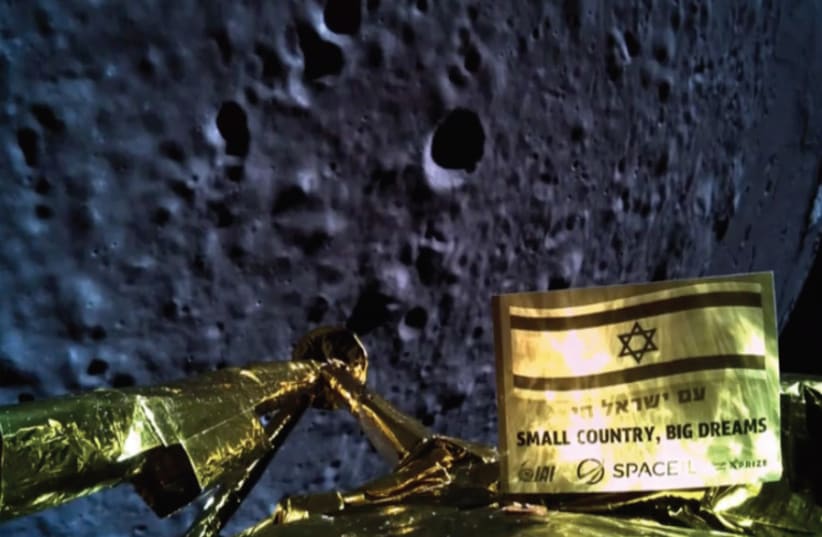Beresheet space technology to assist Moon delivery missions
"Having access to flight proven lunar lander technology and the expertise of IAI engineers makes Firefly well placed to gain a foothold in the cislunar market," said Firefly CEO Dr. Tom Markusic.

